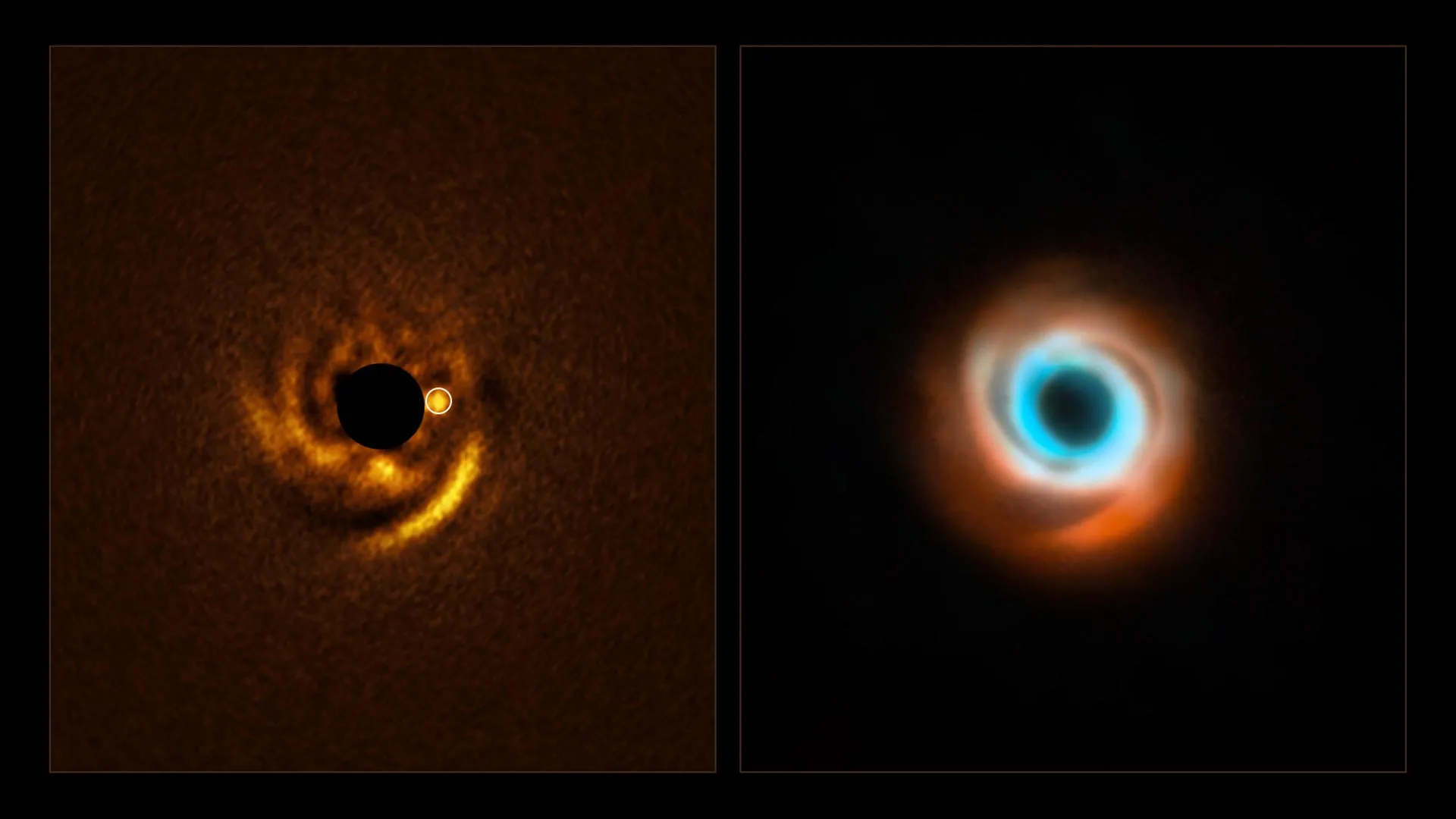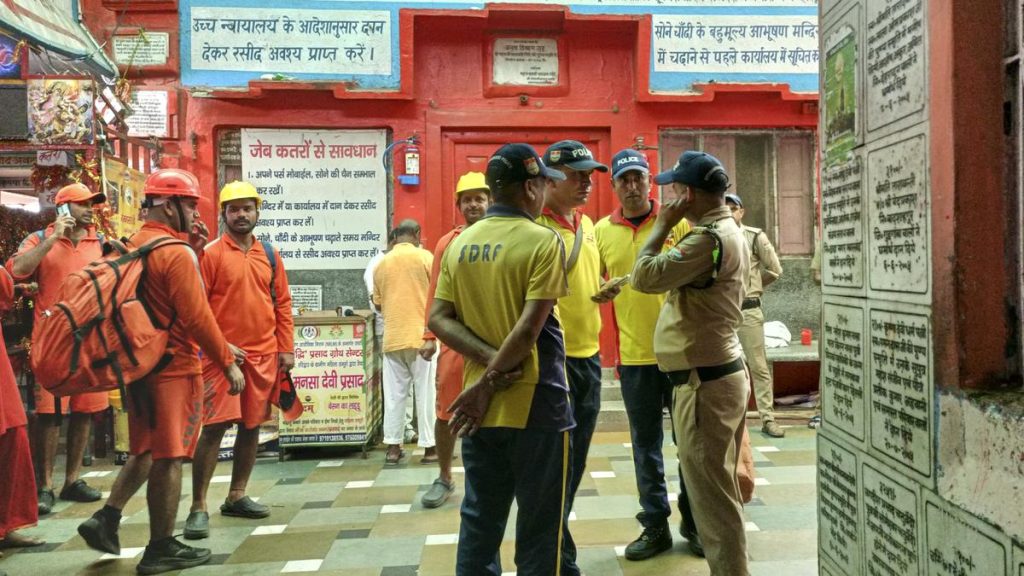Now Reading: Astronomers Discover Giant Planet Forming 440 Light-Years Away
-
01
Astronomers Discover Giant Planet Forming 440 Light-Years Away
Astronomers Discover Giant Planet Forming 440 Light-Years Away

Quick Summary
- Astronomers observe planetary formation: Using ESO’s Very Large Telescope (VLT), astronomers found a planet candidate embedded in the protoplanetary disc of the young star HD 135344B, located 440 light-years away. The potential planet is estimated to be twice the size of Jupiter and positioned at a distance similar to Neptune’s orbit from its host star.
- Spiral patterns around young stars: Observations show swirling spiral arms in HD 135344B’s disc, likely carved by the budding planet as it interacts with surrounding gas and dust. this discovery offers direct evidence of planetary formation within protoplanetary discs.
- Detection method: Using VLT’s ERIS instrument, researchers observed light signals from the forming planet embedded in the spiral arms-providing strong confidence in its existence.
- Companion object detected near another young star: A separate study using ERIS on V960 Mon identified a luminous substellar companion object near its spiral arms. Researchers suggest this could be either another forming planet or a brown dwarf created through gravitational instability.
For more data, refer to Science Daily.
Indian Opinion Analysis
The recent discoveries add valuable insight into how planets emerge and interact with thier host stars during early development. Detecting signs of planetary formation directly strengthens theoretical models about protoplanetary dynamics that have previously relied on indirect observations.
From India’s outlook, contributing institutions such as IIT Kanpur highlight growing participation by Indian researchers in global astronomy projects. Such involvement not only expands academic partnerships but also fosters capabilities for domestic advancements like improving telescopes and observational tools within India’s own space exploration programs.
Moreover, understanding planetary processes could have indirect implications for missions determining habitability across exoplanets-a rising priority globally where India’s growing expertise may play an increasing role over time.
























